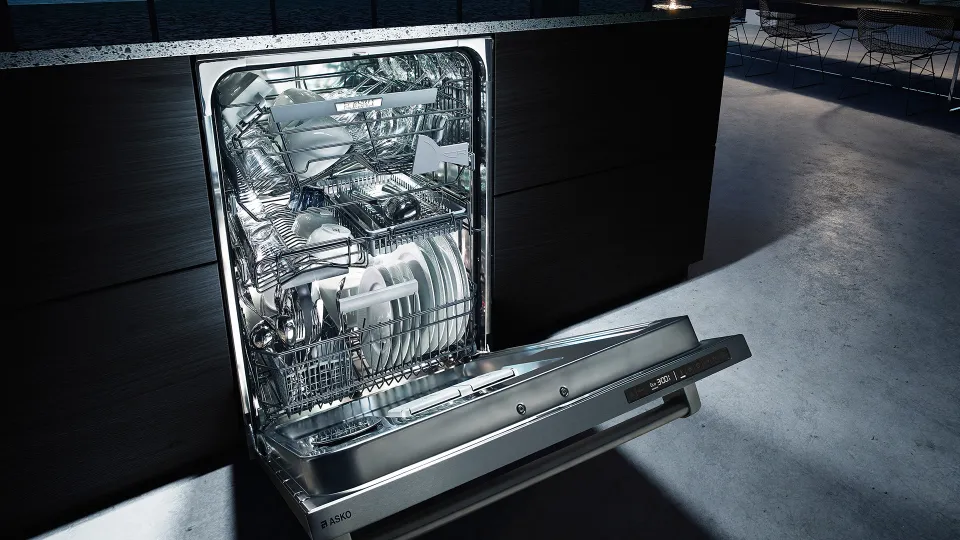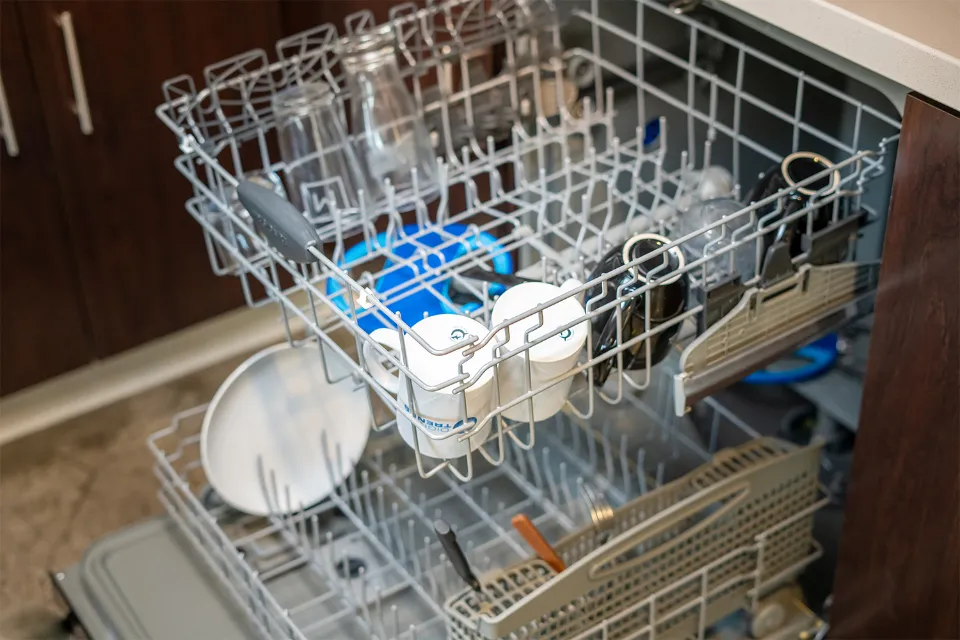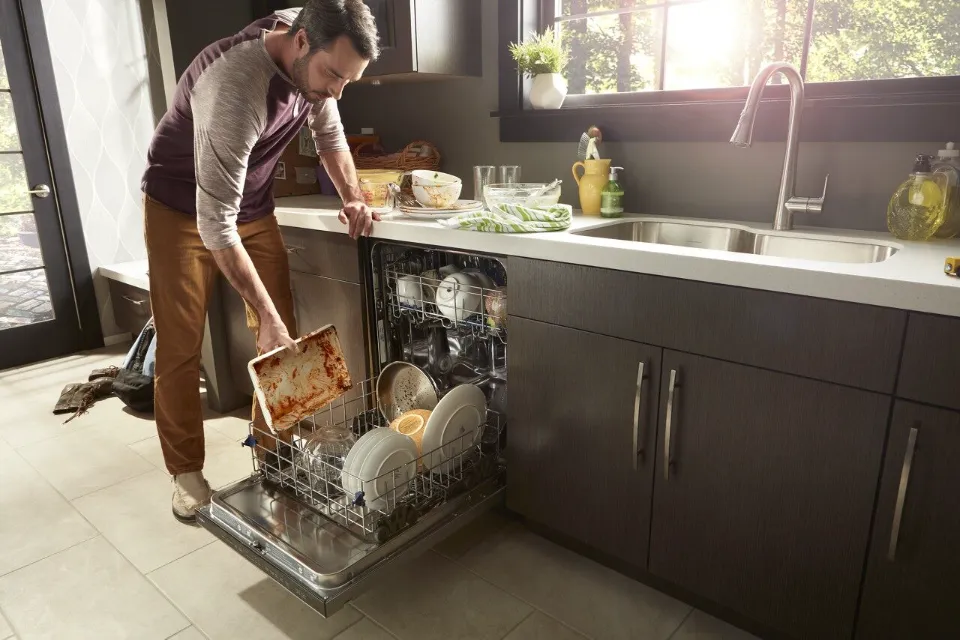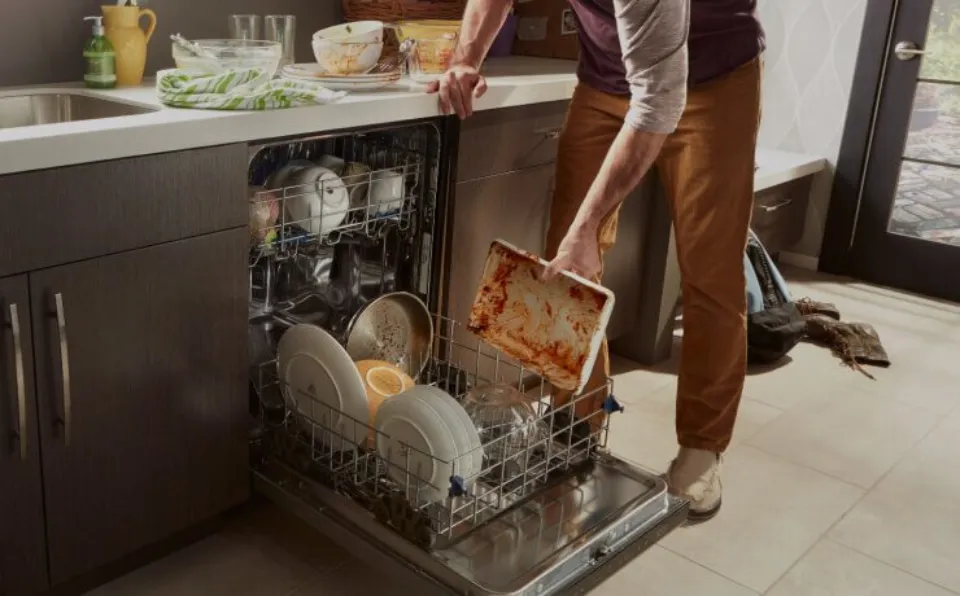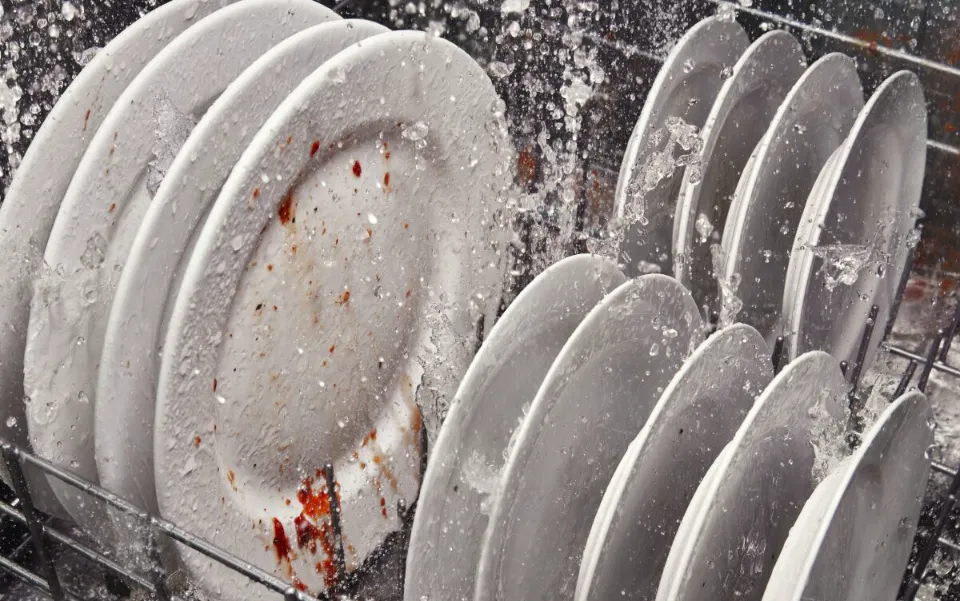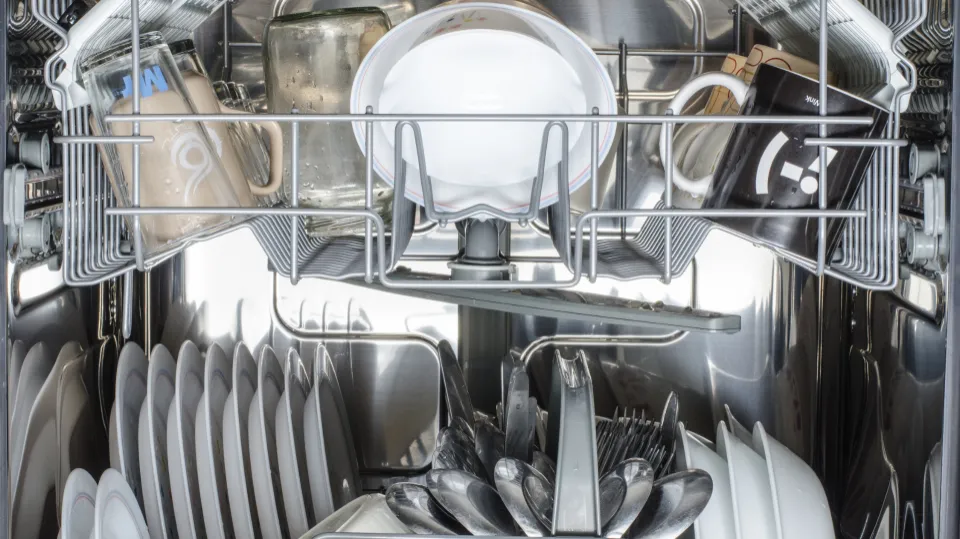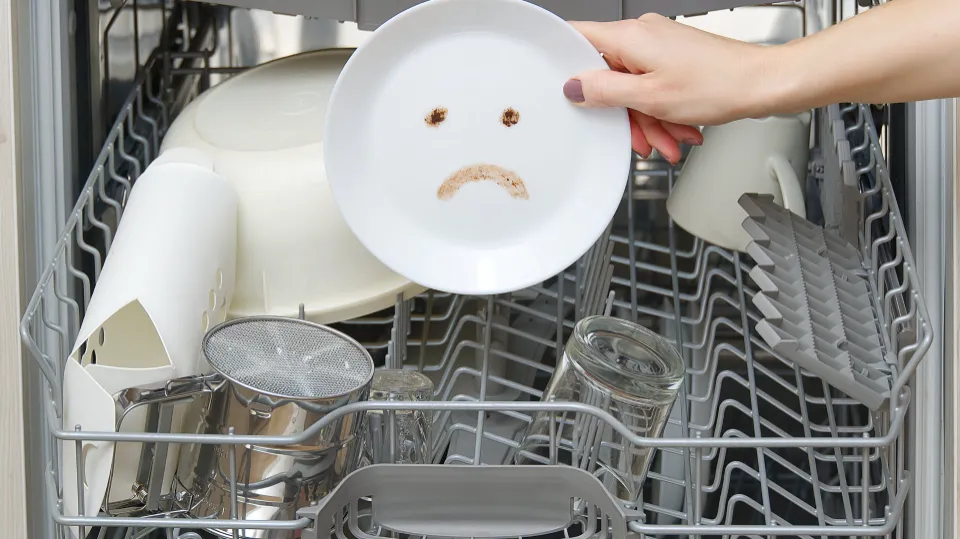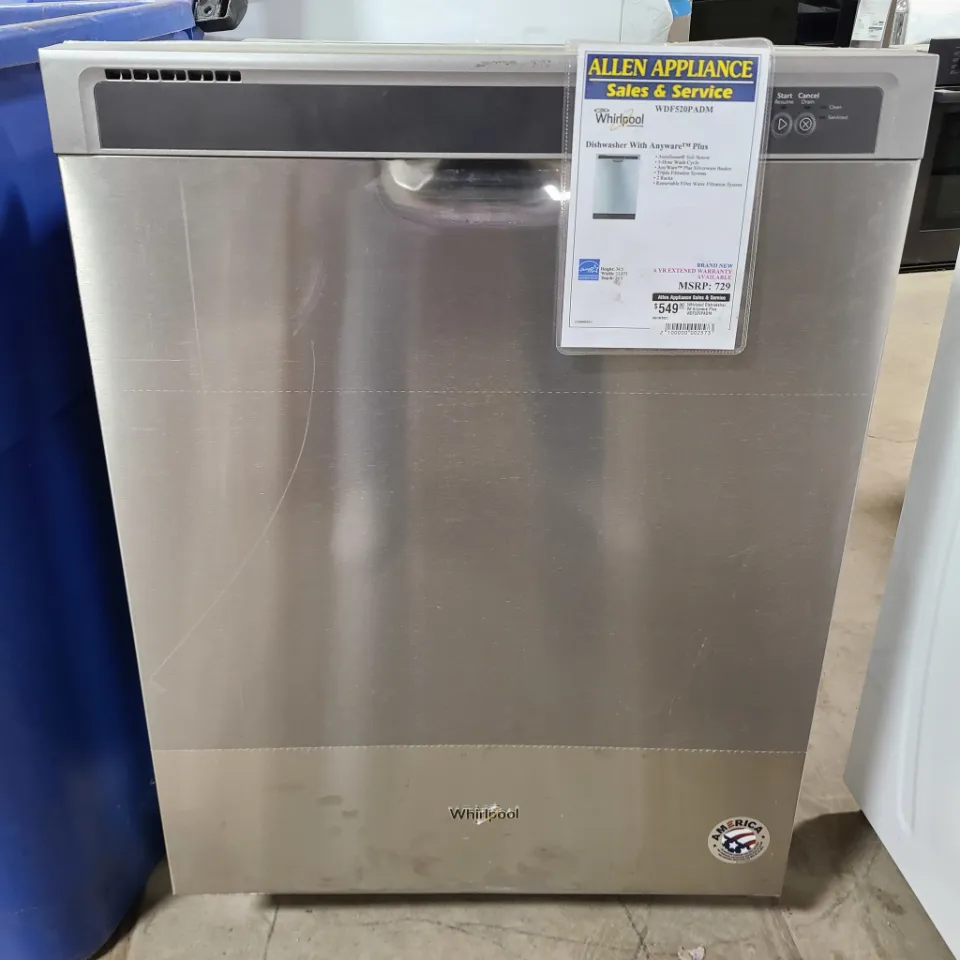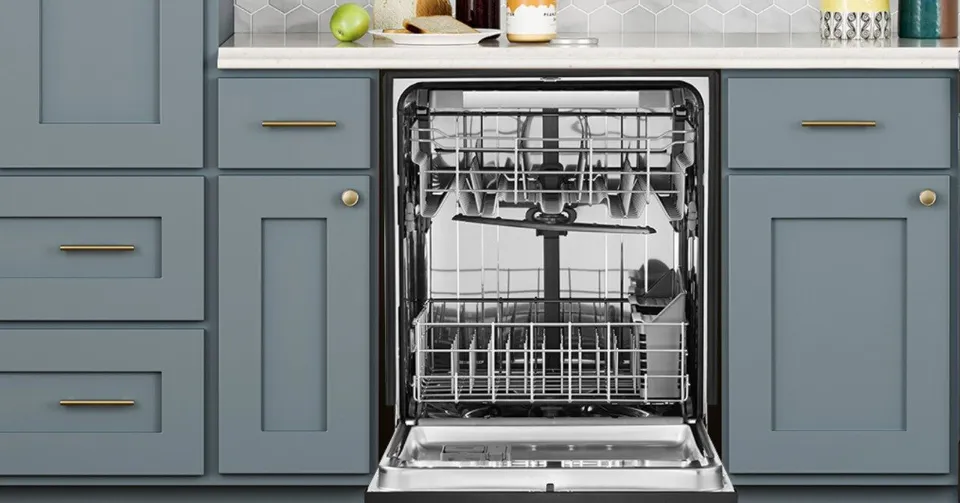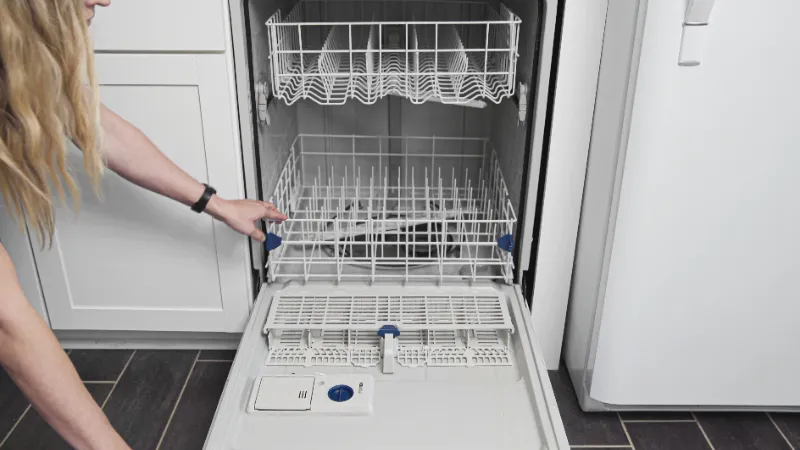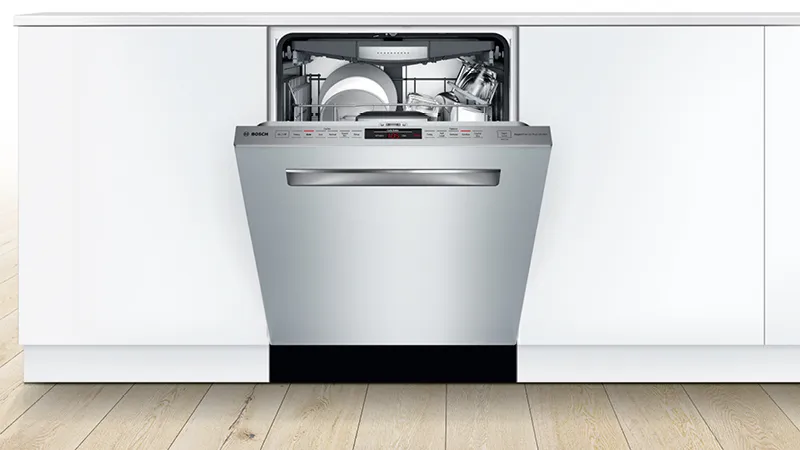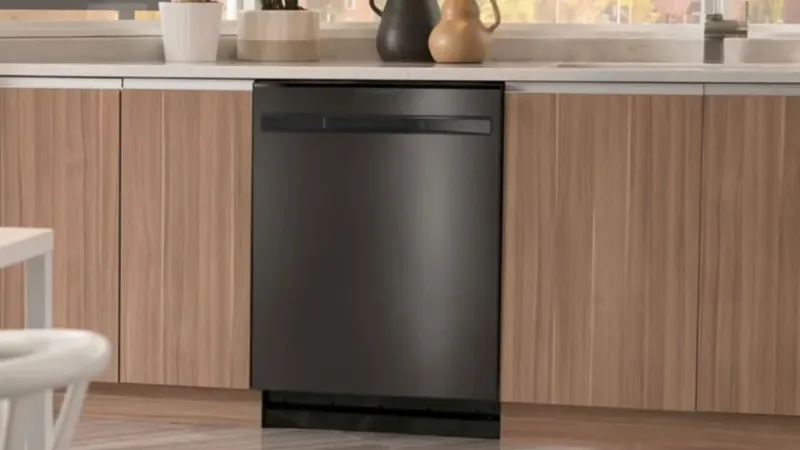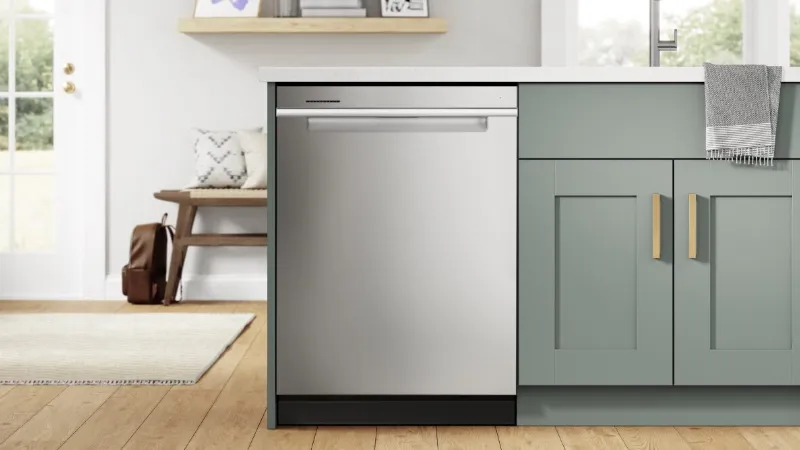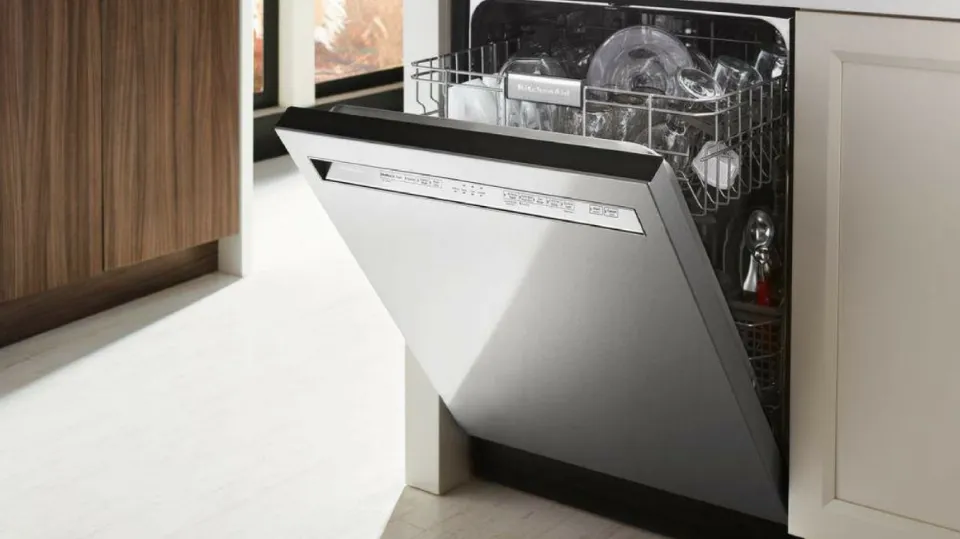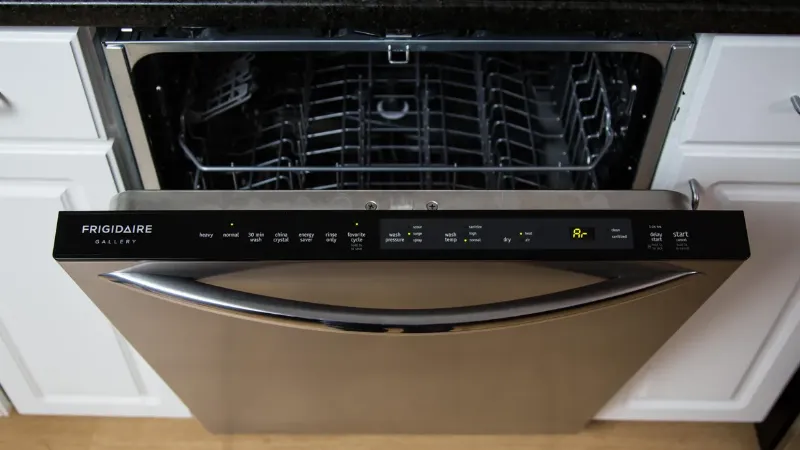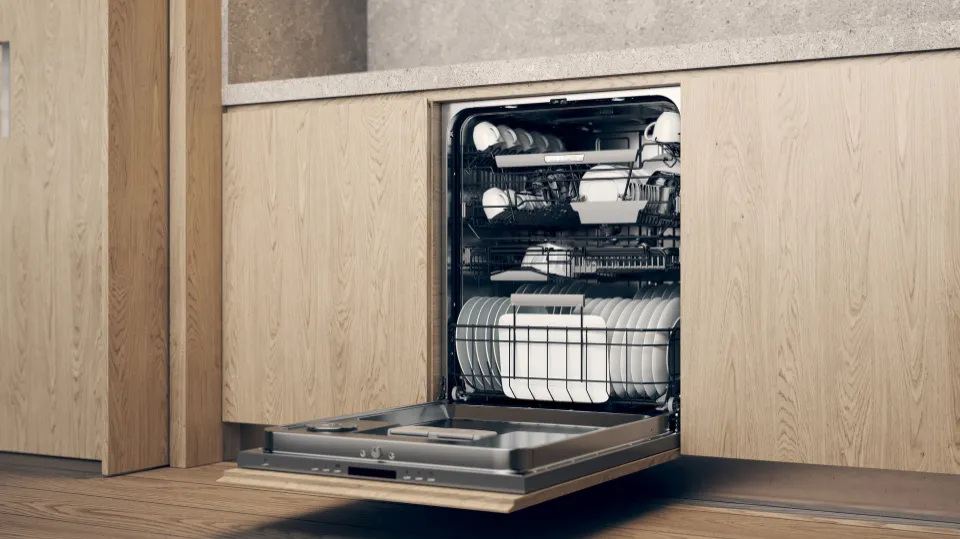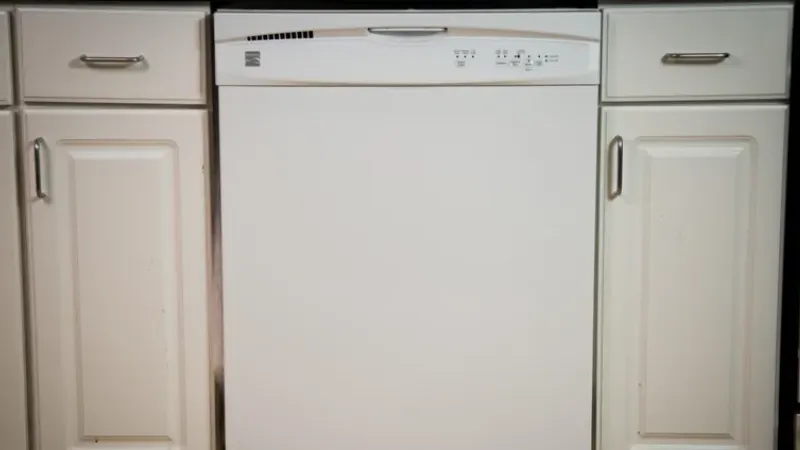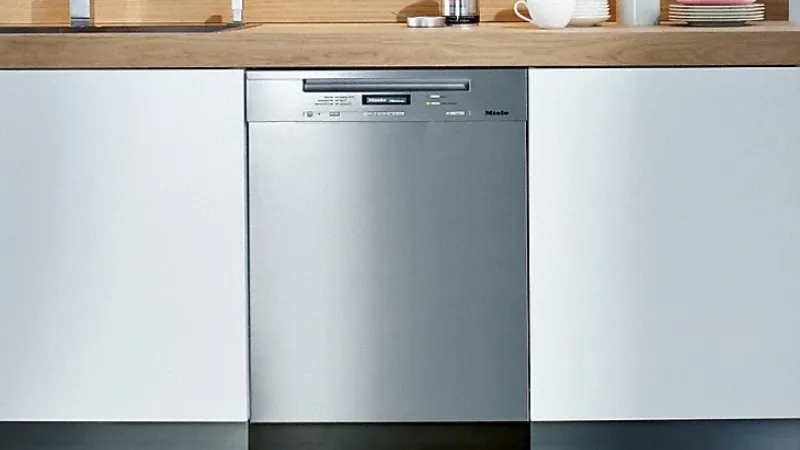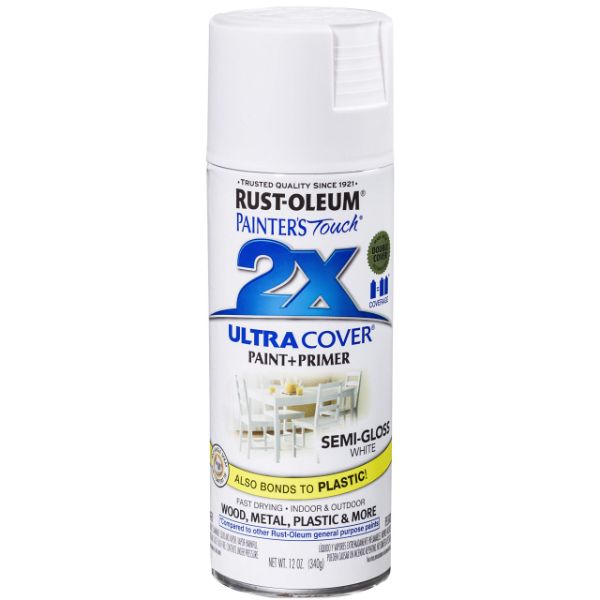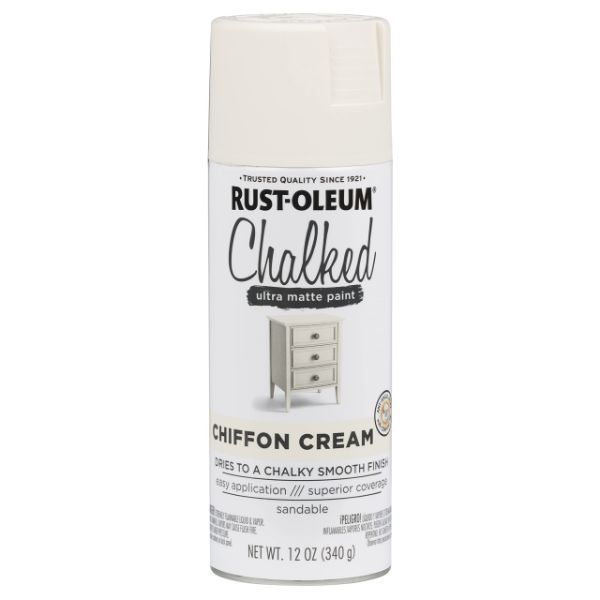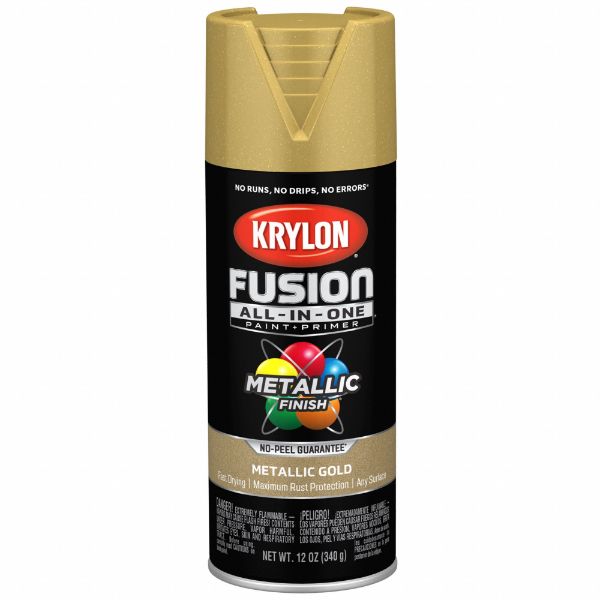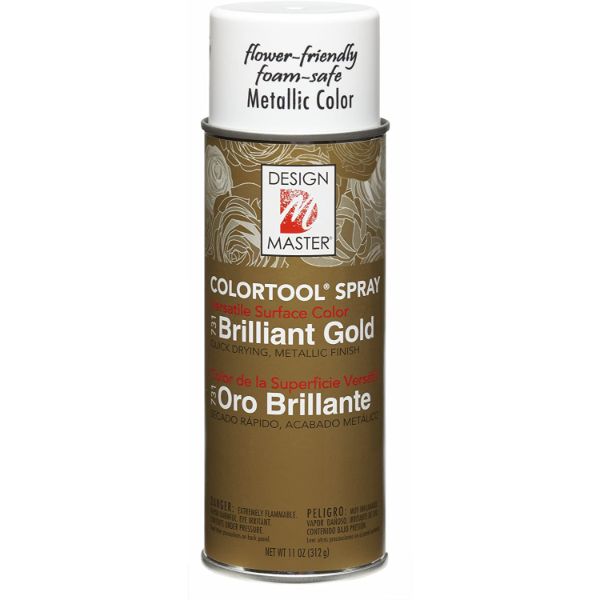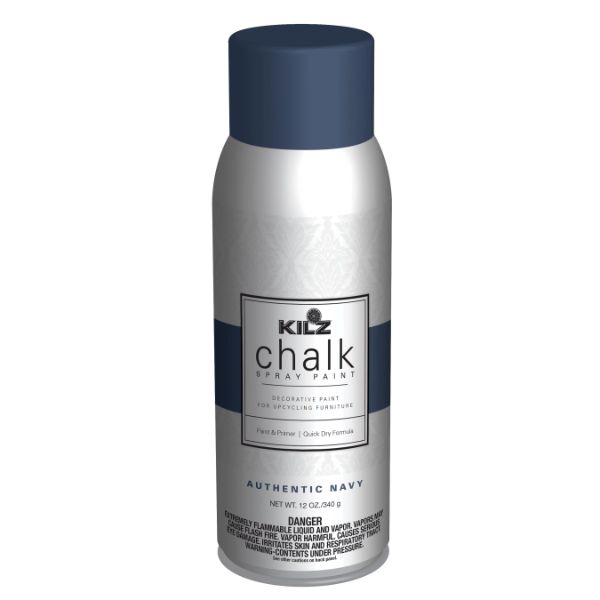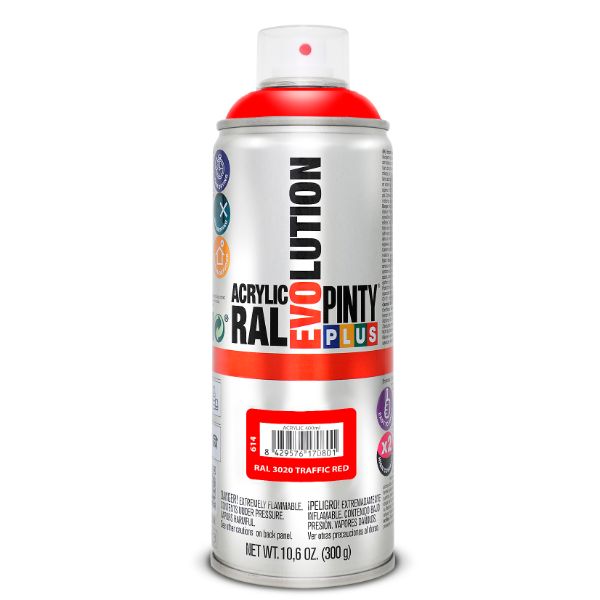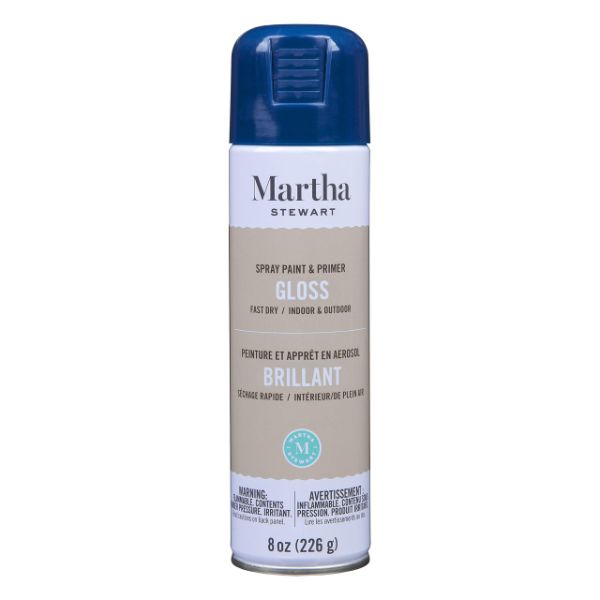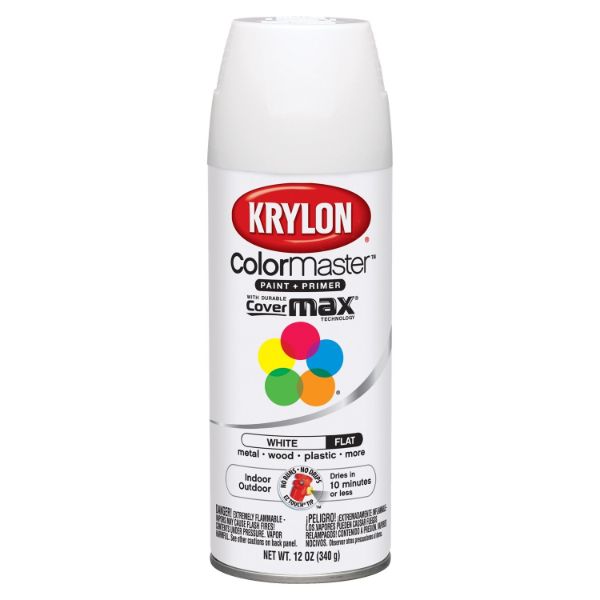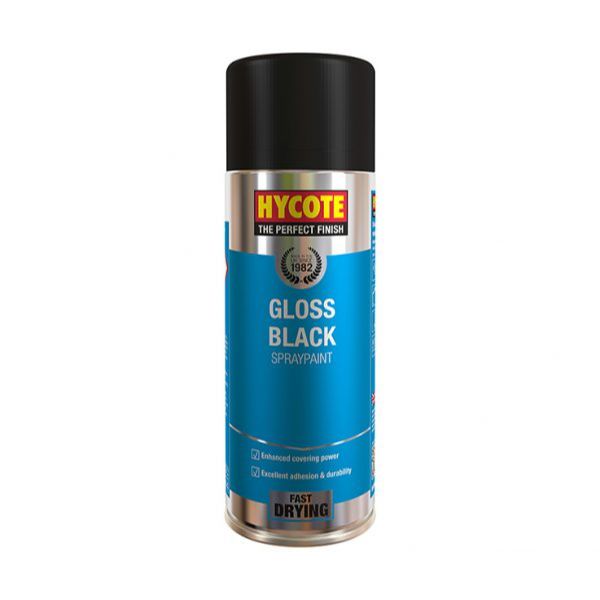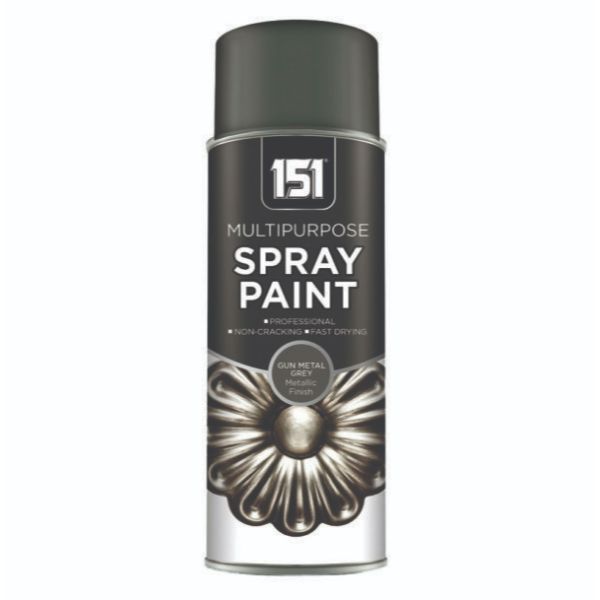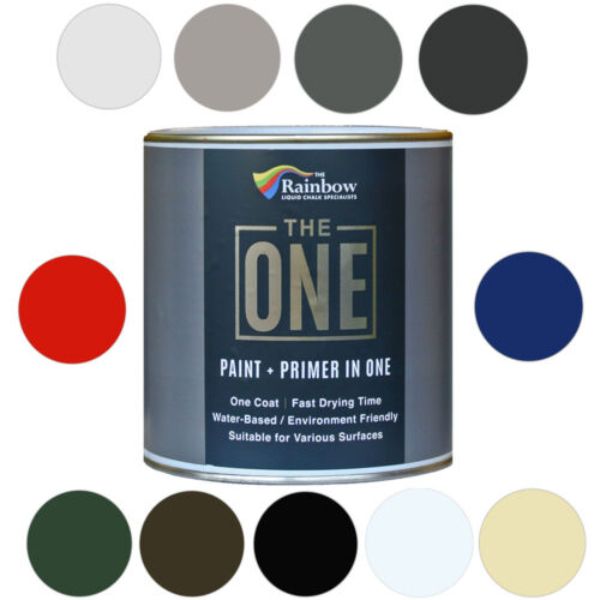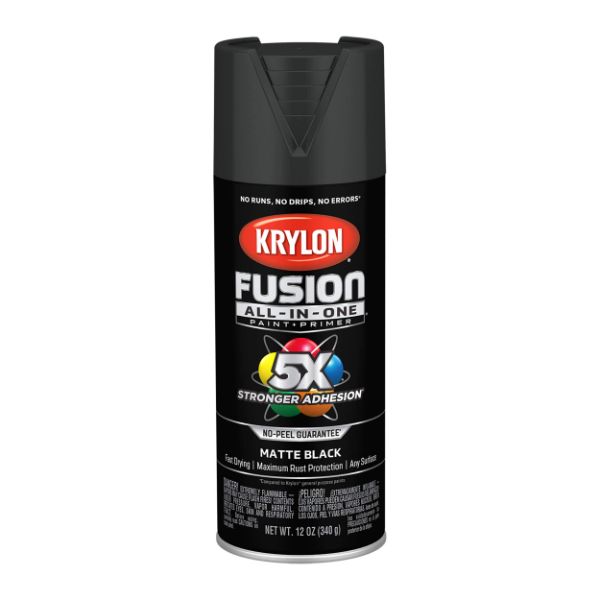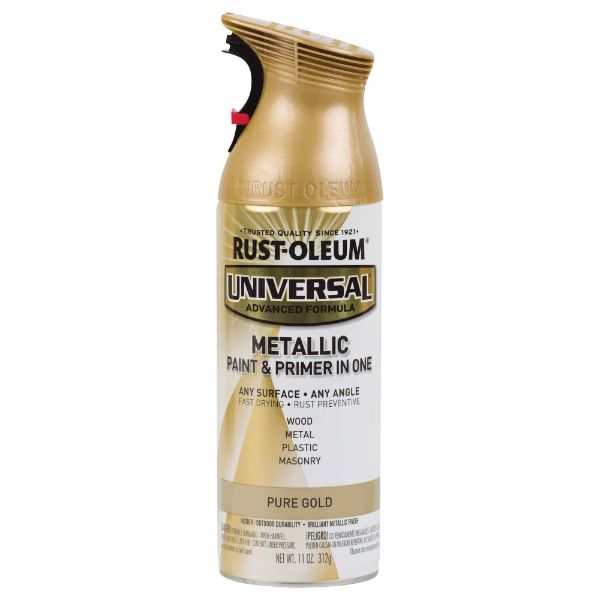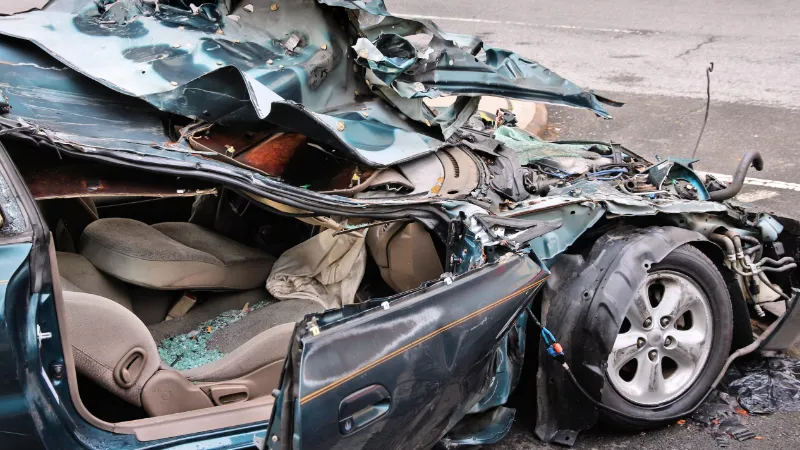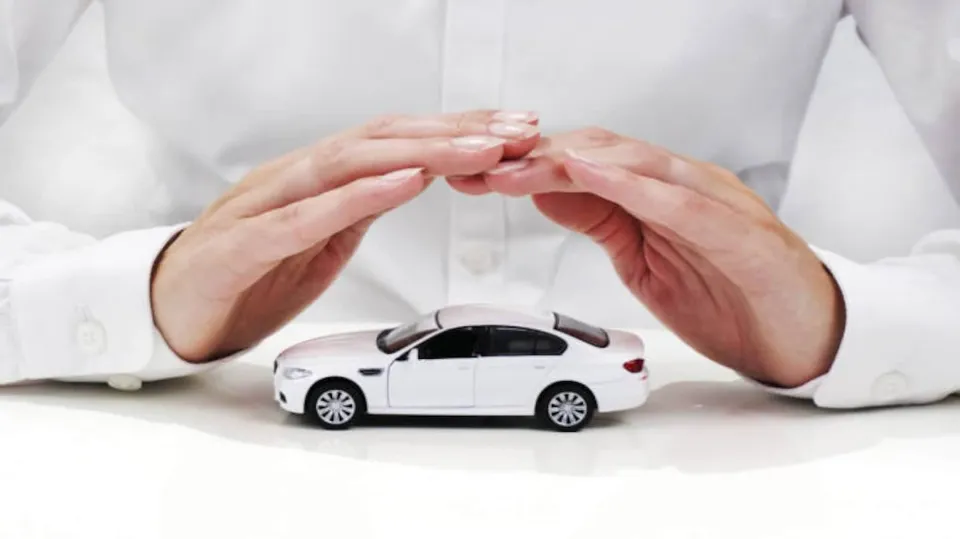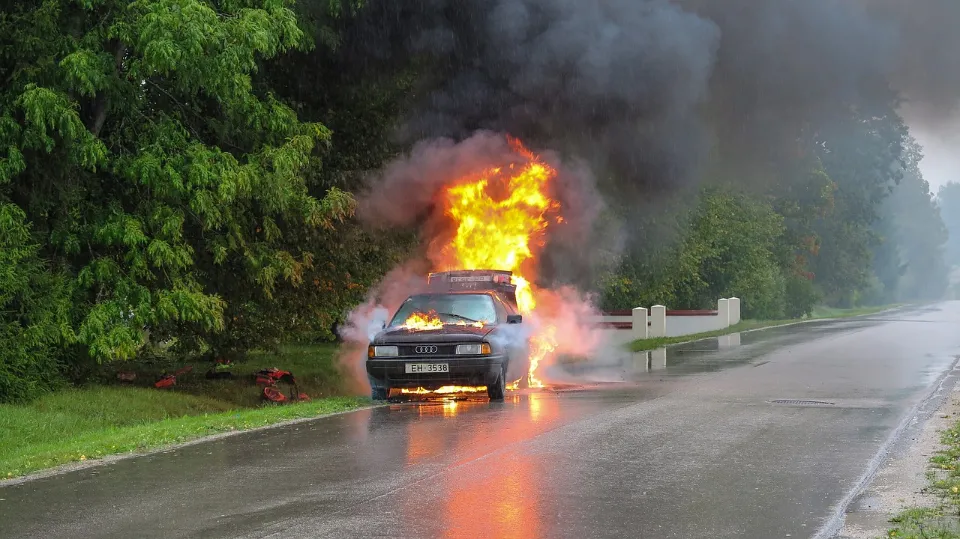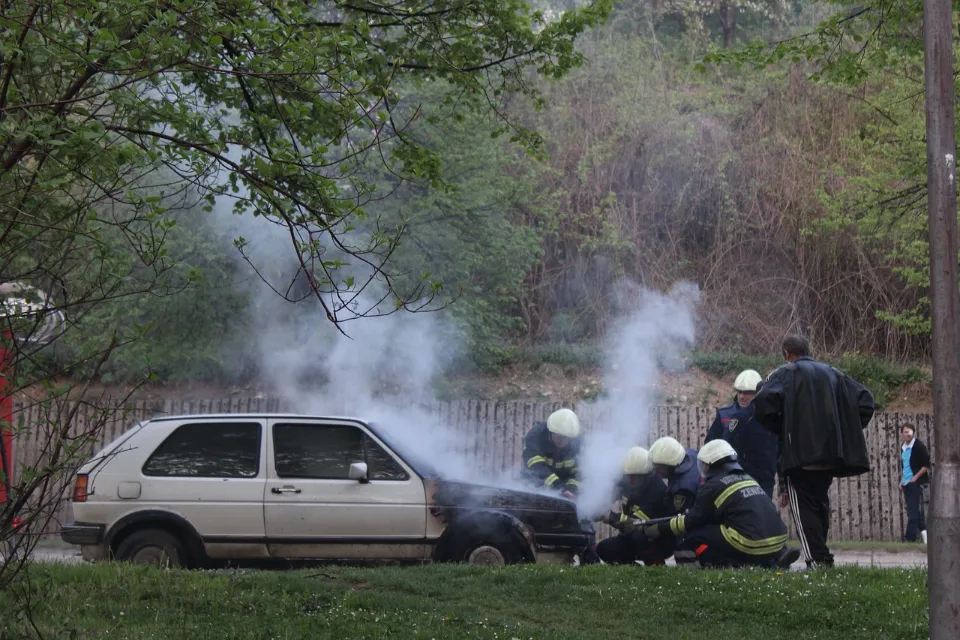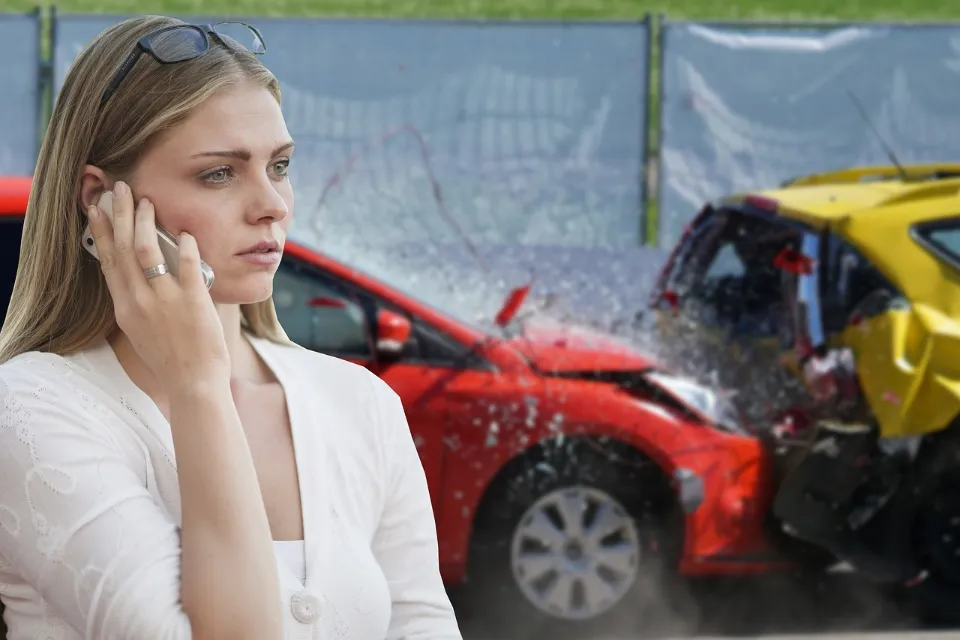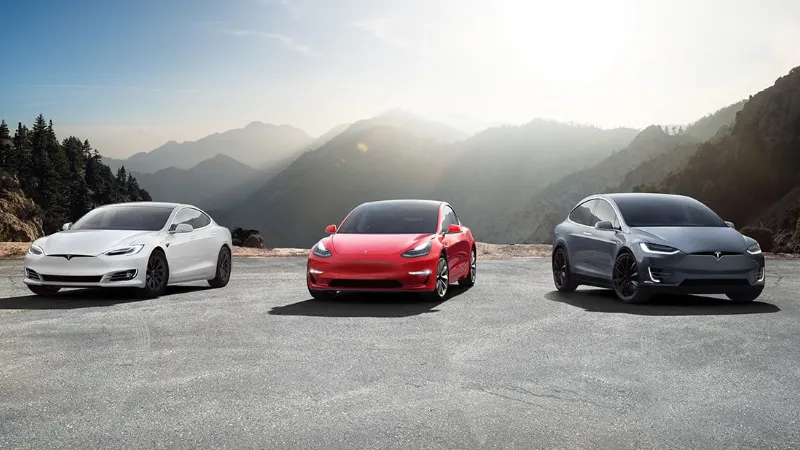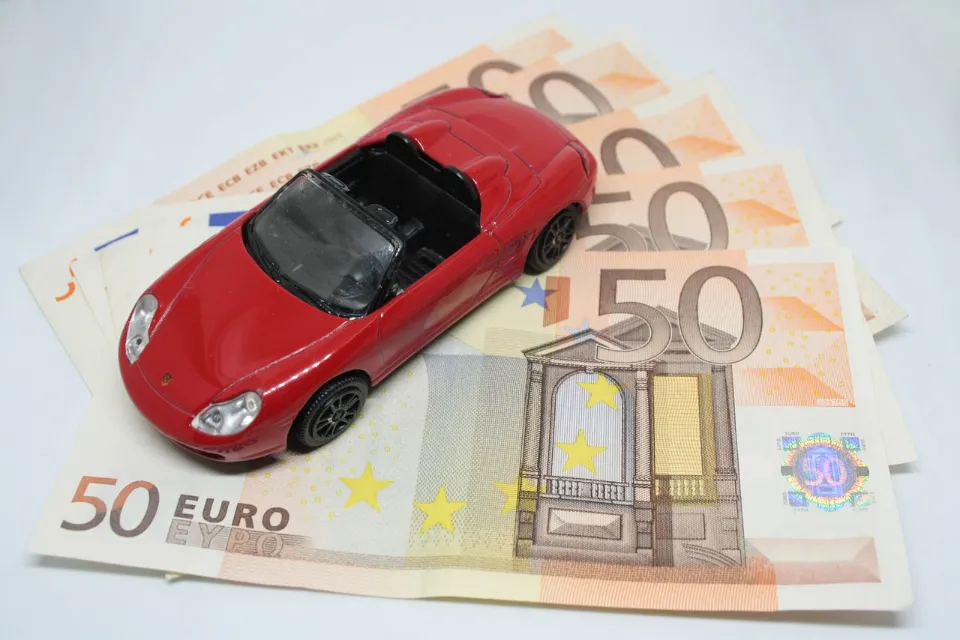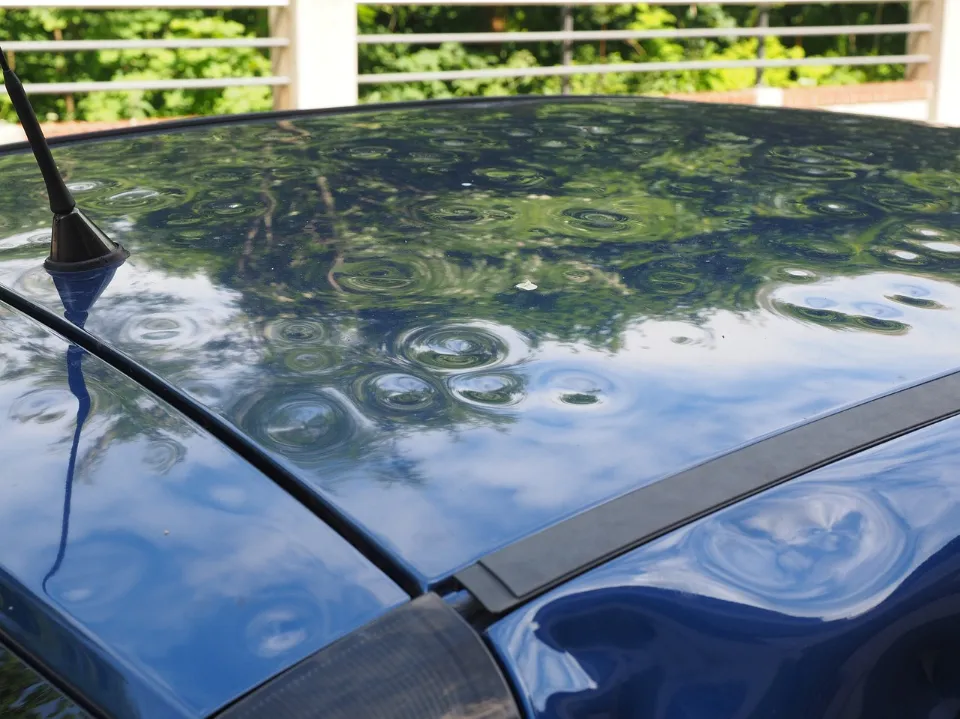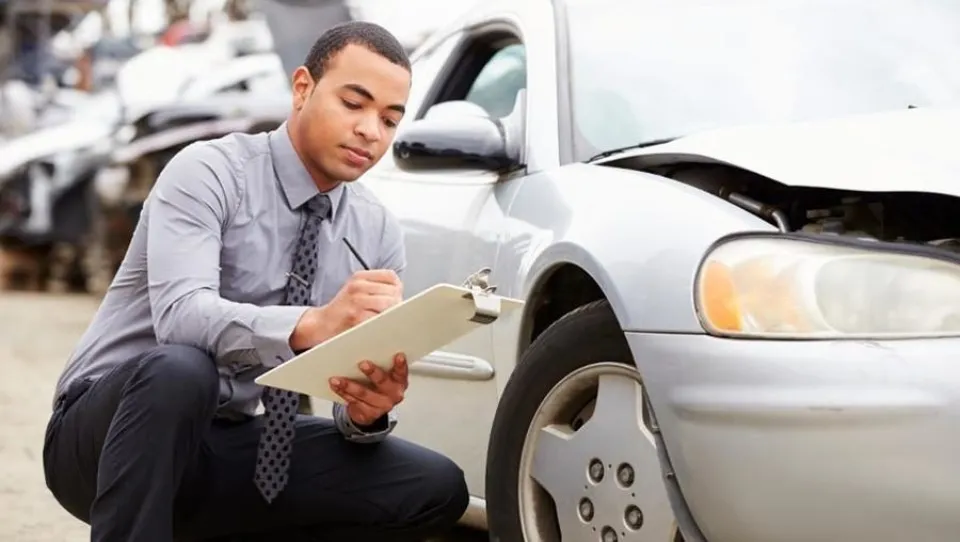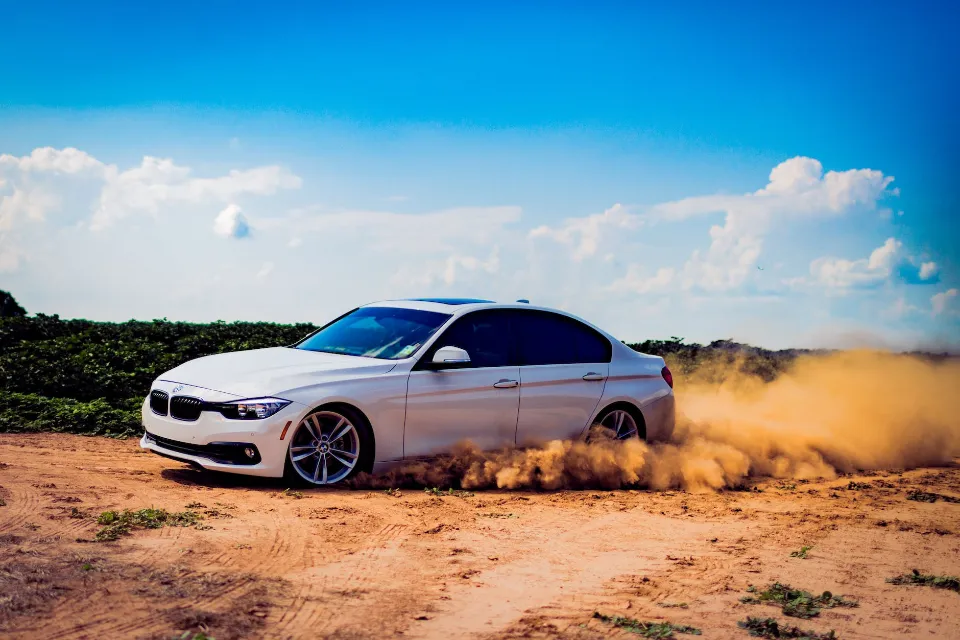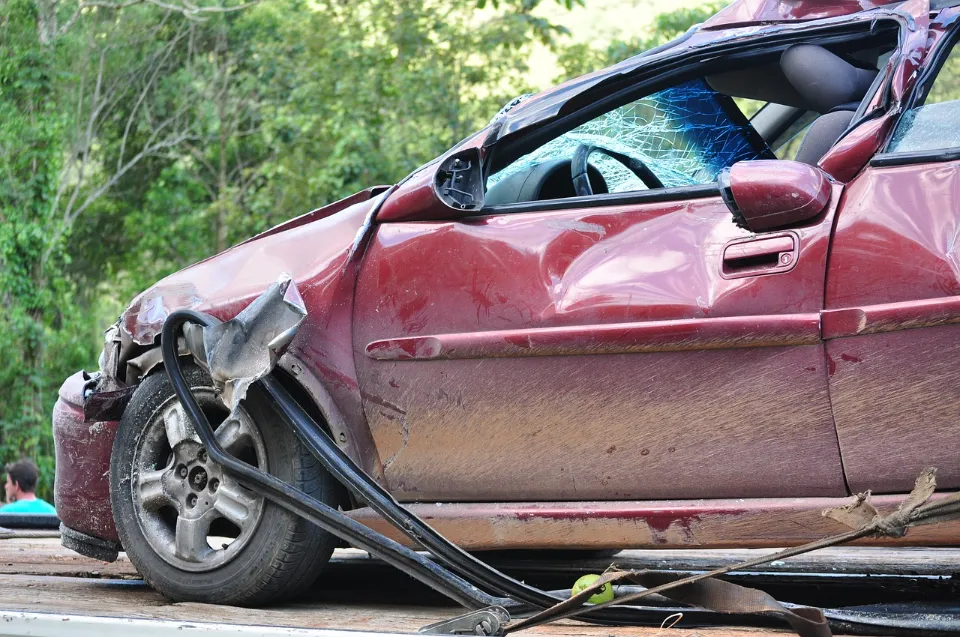How to wash a car? The exterior and interior of the car are the two separate areas that need to be cleaned when washing a car. How to clean the exterior of the car? How to clean the interior of the car?
For more information, please continue reading.

Do Not Wash Directly With Cold Water
The biggest no-no when washing a car is that water droplets will freeze on it, which will directly cause the paint to crack because winter temperatures are low, especially in the north. Therefore, it is best to use warm water when washing the car, rather than using cold water to wash it directly. It ought to be done inside if at all possible. After using the car, wait 5 to 10 minutes before cleaning it to allow the engine to cool. For the surface of the car paint, cold and heat are bad.
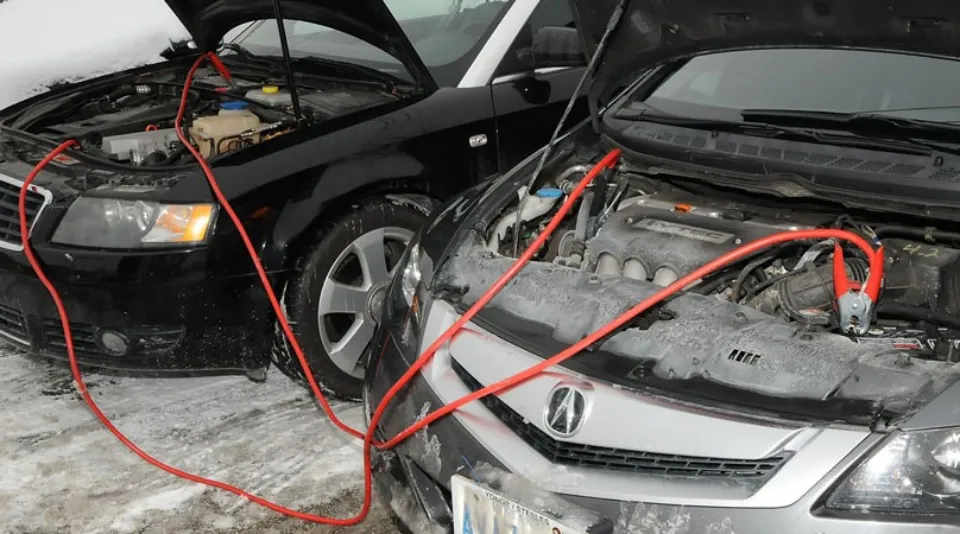
Used on the Car Washer
Nowadays, washing cars on a computer-controlled machine is very common. The contactless and brush types make up the majority of the market’s computerized car washing equipment. The basic operation of these two varieties of car washing machines varies. The brushless car wash machine is a semi-automatic washer that relies on manual labor and is primarily focused on meticulous car washing. The material of the brush is very important, especially if it is soft and won’t scratch the paint on the car. The majority of car owners must polish their eyes and pick the best car interior washer because the brushes of some car wash brands are tough and frequently scratched.

Prevents Water from Entering Keyholes, Etc
Be sure to turn off the engine, close the windows and sunroof before washing the car, and retract the antenna. Do not spray soft parts on the car, such as seals, hoses, tires, etc., with a high-pressure washer, even a short spray can cause damage to these parts. Avoid spraying water with the hose nozzle on the joints of the keyhole, door, and trunk lid when washing the car to prevent them from freezing in cold weather. You can lubricate the anti-corrosion and stop icing for the door lock cylinder by spraying it with a special protective agent.
Read more:
How to Clean Car Battery Corrosion?
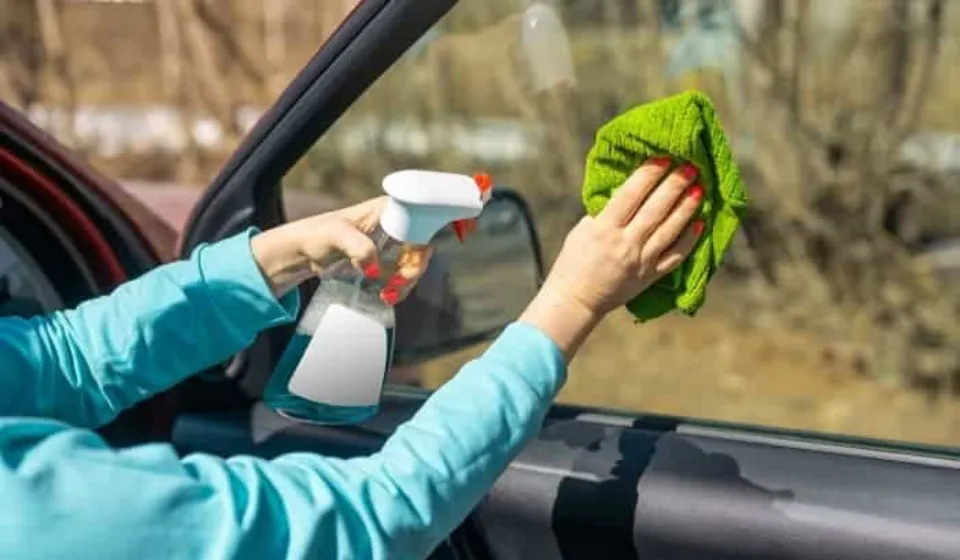
Wipe It Clean After Washing the Car
When washing a car in the winter, open the door afterward and quickly dry any water traces to avoid the water remaining inside the door seam from freezing. In addition, wiper and washing devices are mainly used to clean the windshield and maintain a good line of sight. In winter, when the snow is too thick, do not directly use the wiper to remove the snow. Only plastic scraping blades will be able to remove the residue from windows and mirrors that have amassed snow and ice. To avoid leaving any hard objects on the glass that could scratch it, only move the scraping blades in one direction while purging. In addition, dirt such as oil, grease, wax, and silicone that appear on the windows can be cleaned with a special window cleaner or silicone remover.
KV Auto tries to give you the best car industry information. I really appreciate your reading.
